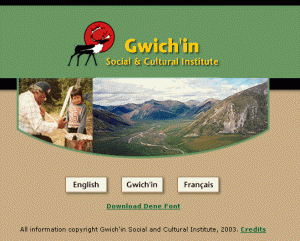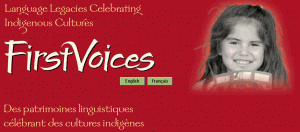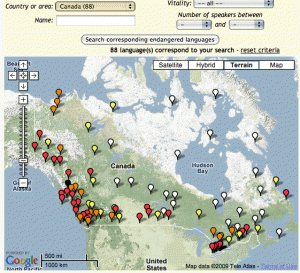http://www.pre.ethics.gc.ca/eng/index/
Panel on Research Ethics
This is the Canadian government’s page about research ethics. There is a link on this page (TCPS) that offers the policy statement about the “Ethical Conduct for Research Involving Humans.” I chose this website because I felt that it might be an interesting contrast to some of the guidelines to first Nations research that we have examined in this module by viewing the Canadian governments view on human based research. This is a very dense site, with much information presented. If interested in analyzing I recommend reading the FAQ and the TCPS Tutorial.
Here is the mandate of the site.
The written terms of reference of the Interagency Advisory Panel on Research Ethics (PRE) outline its formal mandate, define its general functions and duties, and have shaped some of PRE’s milestones since its creation in November 2001.
PRE is mandated by the Canadian Institutes of Health Research (CIHR), the Natural Sciences and Engineering Research Council (NSERC) and the Social Sciences and Humanities Research Council (SSHRC) to promote high ethical standards of conduct in research involving humans through the development, evolution, interpretation, and implementation of the Tri-Council Policy Statement: Ethical Conduct for Research Involving Humans (TCPS). The Agencies adopted the TCPS in August 1998 as a common research ethics policy for those conducting, participating in, or reviewing human research in institutions funded by CIHR, NSERC or SSHRC.
PRE further assists the TCPS-user community by identifying TCPS educational needs and activities. It also participates in the ongoing dialogue on a national oversight or governance system for research involving humans.
PRE’s 12 member advisory panel is drawn from diverse backgrounds and disciplines so that it may provide the Agencies with multidisciplinary and independent reflection and advice on research ethics policy of the TCPS. PRE develops its advice based on a set of First Principles applied to lessons on, and the evolution of, human research ethics in a national and international context.





